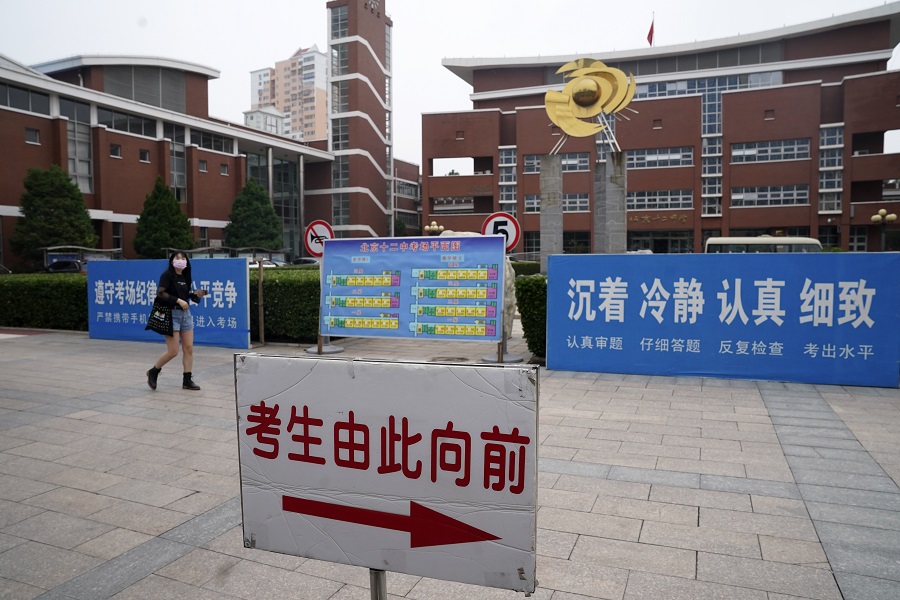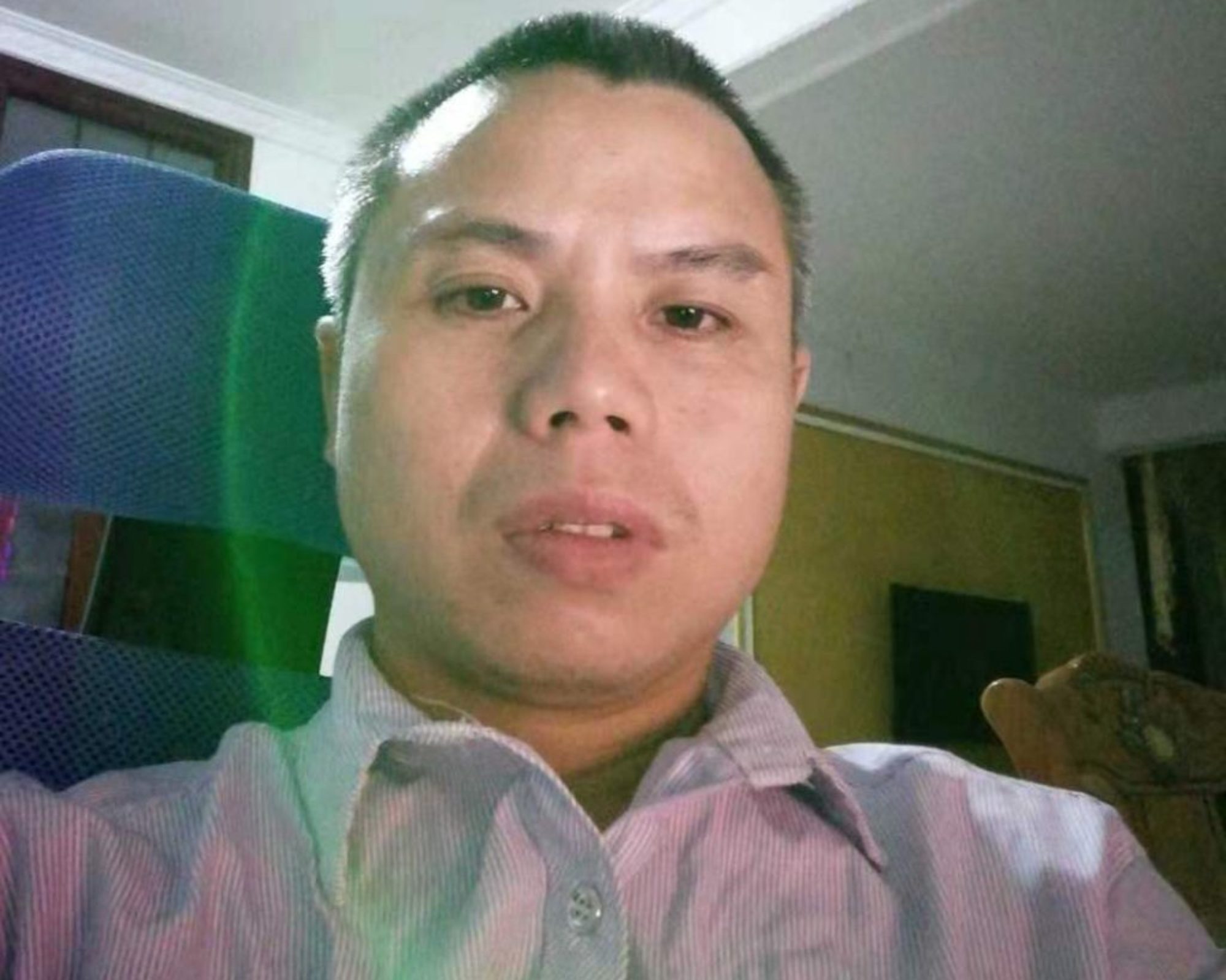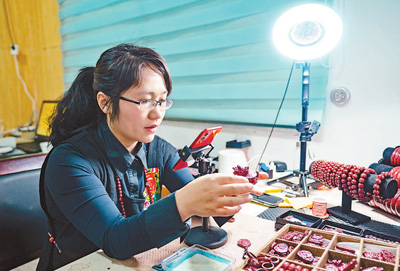By KouJie (Peoples Daily Online)08:41, July 07, 2020
Starting from July 7, across China 400,000 exam rooms will be expecting 10.7 million young examinees, who will embark on one of the most important journeys of their lives – the National College Entrance Examination (Gaokao) that can alter their life direction forever.

Cleaners disinfect a classroom at Beijing No 12 Middle School in the capitals Fengtai district on Friday to ensure a safe testing site during the coronavirus pandemic. About 660 students are preparing to take the national college entrance examination from Tuesday to Friday at the school, the largest exam venue in the district. FU TIAN/CHINA NEWS AGENCY
An annual occurrence, the Gaokao is the sole determinant for admission to Chinese universities. The test result will decide not only what universities an examinee can attend, but also whether he or she will find a well-paid job in the future. About 3 in 5 students will make the cut in this silent battle, while only 1 in 20 can access the top universities in China.
As ruthless as it sounds, Gaokao is now close at hand. Over the next few days, people’s conventional perception of China being a boisterous and vivifying country will be totally shattered. The whole nation will be immersed in tranquility, expectation and anxiety, all for a short period of time during this solemn examination.
Affected by the COVID-19 pandemic, as well as natural disasters such as flooding and rainstorms in several regions, this year’s Gaokao has been unprecedentedly postponed for a month, with multiple countermeasures against the pandemic implemented. What’s new in this year’s Gaokao? What measures will the Chinese government take to protect the students’ safety during the pandemic as well as ensuring a fair play for every examinee?Please follow us and check them out!
Gaokao during the COVID-19 pandemic
As a large number of students will be confined in exam rooms for a lengthy period, the risk of spreading COVID-19 is not to be neglected. Twenty days before the exam, Chinese authorities issued specific instructions to protect the students’ safety.
All examinees are required to keep a daily record of their temperature two weeks ahead of the exam. At least three spare exam rooms are prepared at each exam center, in case examines have shown symptoms such as abnormal temperature. Each spare room can contain nine students at most, while counselors will also be at the scene to sooth the students’ nerves.
Outside of each exam room, it is required to be equipped with disinfection items such as ultraviolet ray disinfection devices, masks and tissues, while exam monitors are required to wear protective gear.
For students who are currently in centralized quarantine for medical observation, they will take the exams alone in an isolated exam room. Local governments will provide transportation for them in order to prevent infection.
Every year, parents and teachers of the examinees gather together outside of the exam centers and forge their own cheering squads for the kids. This year this tradition is banned due to the pandemic, as well as out of concern that such behaviors may actually burden the students, giving them extra stress.
In addition to launching measures to protect the students’ safety during the pandemic, their mental health is also a vital concern of the government. Due to the pandemic, graduating students have had to study at home for months since February. Lacking face-to-face interaction with their teachers and classmates, as well as the stress and fear for the upcoming exam, some have developed anxiety or even depression. Local authorities, along with medical institutions and social organizations, have arranged free psychological counseling on social media, providing professional help to the examines. For instance, the Communist Youth League Committee of Shanghai Songjiang Area has created a psychological assistance account on social media, providing telephone numbers of medical professionals to students who are in need.
Many NGOs and companies have also launched activities to help the examinees. For instance, the navigation service provider AutoNavi will provide free rides for students taking the exam who make reservations.
Reforms of traditions
Starting from this year, a new college enrollment plan called “Strengthening Foundation Plan, known in Chinese as Qiang Ji Ji Hua, will replace the independent recruitment plan started in 2003 to select students with special talents in math, physics, chemistry, biology, history, philosophy and ancient studies.
The pilot program, which will initially be rolled out in the country’s top 36 universities, is regarded as a reform of Gaokao to shift the overwhelming focus away from pure scores and results. Compared to the 2003 independent recruitment plan, which entitles universities to recruit candidates based on their own subjective criteria, the new scheme requires applicants to attend the Gaokao and undergo an evaluation process organized by the selective universities before being admitted as a student,, reducing malpractice during the selection process.
The scheme aims to better select and train students that are interested in serving the countrys major strategic needs, who at the same time have excellent comprehensive qualities or excel in basic discipline studies, said the document issued by the Ministry of Education via its official website.
![]()



